The Jesus-Formed, Embodied Worship of a Black Holiness Church (1895-1913)
This article originally appeared on June 12, 2020 on Medium. It was a paper that I submitted for a class at Northern Seminary.
Having spent my entire life in overwhelmingly white churches, it wasn’t until I had reached my twenties that I started to become aware of the water I was swimming in. I had some vague ideas of worship in black congregations based on grainy videos I had seen from the local Christian television station. But we weren’t allowed to listen to their music because we were told it was “fleshly,” and came from a style of music that was developed by witch doctors in Africa. So for the few moments I “indulged my flesh” in the music of black worship, I had to do so with the volume set low so I wouldn’t get caught. In my whitewashed world, African Americans had their sensual worship, and we had our proper worship that focused our minds on theology and was worthy of the holiness of God.
Prior to the Civil War, slaves had to worship in private or in white churches. Following the war, groups of black people within white churches started their own congregations. One of these white churches in Jackson, MS was First Baptist Church, from which came Mt. Helm Baptist Church.
Led by the young 30 year old pastor C.P. Jones, Mt. Helm Baptist Church had hoped to experience great growth. However, after Jones lost a lawsuit that had arisen from a conflict in the church, he and a group from within Mt. Helm split off and started Christ Temple.
In Longing For Jesus: Worship at a Black Holiness Church in Mississippi, 1895–1916, Lester Ruth explores the worship ministry of Christ Temple from 1895–1913.
Jesus-Formed
One point that I did not previously know was how Jesus-formed black worship has been. Prior to reading this book, I assumed that black worship primarily identified with the Jewish stories of the exodus and exile. For many years, I believed that Christ-centered worship meant magnifying the supremacy of God by applying Calvinist theology to all of life. Since journeying toward an Anabaptist ethic, I have believed that Jesus-formed worship means proclaiming the good news of the Kingdom to the poor, the sick, and the exiled. In his song “Jesus Only,” C.P. Jones confessed a Jesus-formed worship that centered its celebration and submission to Jesus alone in contrast to all of the warring voices of church politics. The lyrics, “Jesus only shall command me,” addressed their contemporary challenges with the language of the wounds of their past. Reading about the rich Jesus-formed worship of Christ Temple helped me to see yet another way of Jesus-formed worship that I was not previously aware of, and peaks my interest for discovering other ways of Jesus-formed worship that I am not currently aware of.
Embodiment
Perhaps the most challenging characteristic of the worship at Christ Temple for me was the embodied nature of it. They viewed the worship service as an oasis from the hardships of life, where they could “dip our tired bodies in cool springs of hope.” They poured out their worship with groans and shouts, which led some to characterize their worship as, “The preacher, the music, and the frenzy.” They also focused on physical healing. In every white, conservative evangelical, reformed ministry that I have led worship in, the leadership has lamented the congregation’s lack of bodily engagement in worship. Yet, when I read about the embodied worship of Christ Temple, I am struck with how their embodied worship was fueled by facing and grieving their embodied wounds. I wonder how much of our lack of bodily expression has very little to do with a lack of excitement over doctrines, and more to do with wounds of disconnection from our bodies. Could we be so focused on theologically categorizing our bodies and denying what our bodies are telling us that we’ve become disconnected from our bodies? If we could begin facing and lamenting these wounds, and meeting our bodies, how would our worship change? Could there be elements of our doctrines that are not exciting us because they are subconsciously fueling our disconnect from our bodies?
Resurrection
One concept I would like to apply to my worship is from the burial service. The Christ Church minister would meet the body at the entrance, and lead it down the aisle saying, “I am the resurrection and the life.” Coming from my year in Anglicanism, I love Christ Church’s symbolism of seeing the pastor as the representative of Christ being the Resurrection going before us. Jones taught that the Resurrection brings hope, presence with Christ, and freedom from sin and the law. So we are representatives of Christ going before the dead in a procession of Resurrection that brings freedom from sin and the law. I wonder how different our worship could be if we considered ourselves as the procession of freedom-producing Resurrection.
What I had grown up being told about black worship as being “fleshly, sensual African witch doctor music” could not have been further from the truth. The worship at Christ Church was a Jesus-formed facing and grieving of their embodied wounds, wounds at the hands of their community, while going before their community as representatives of the freedom-producing hope of resurrection.

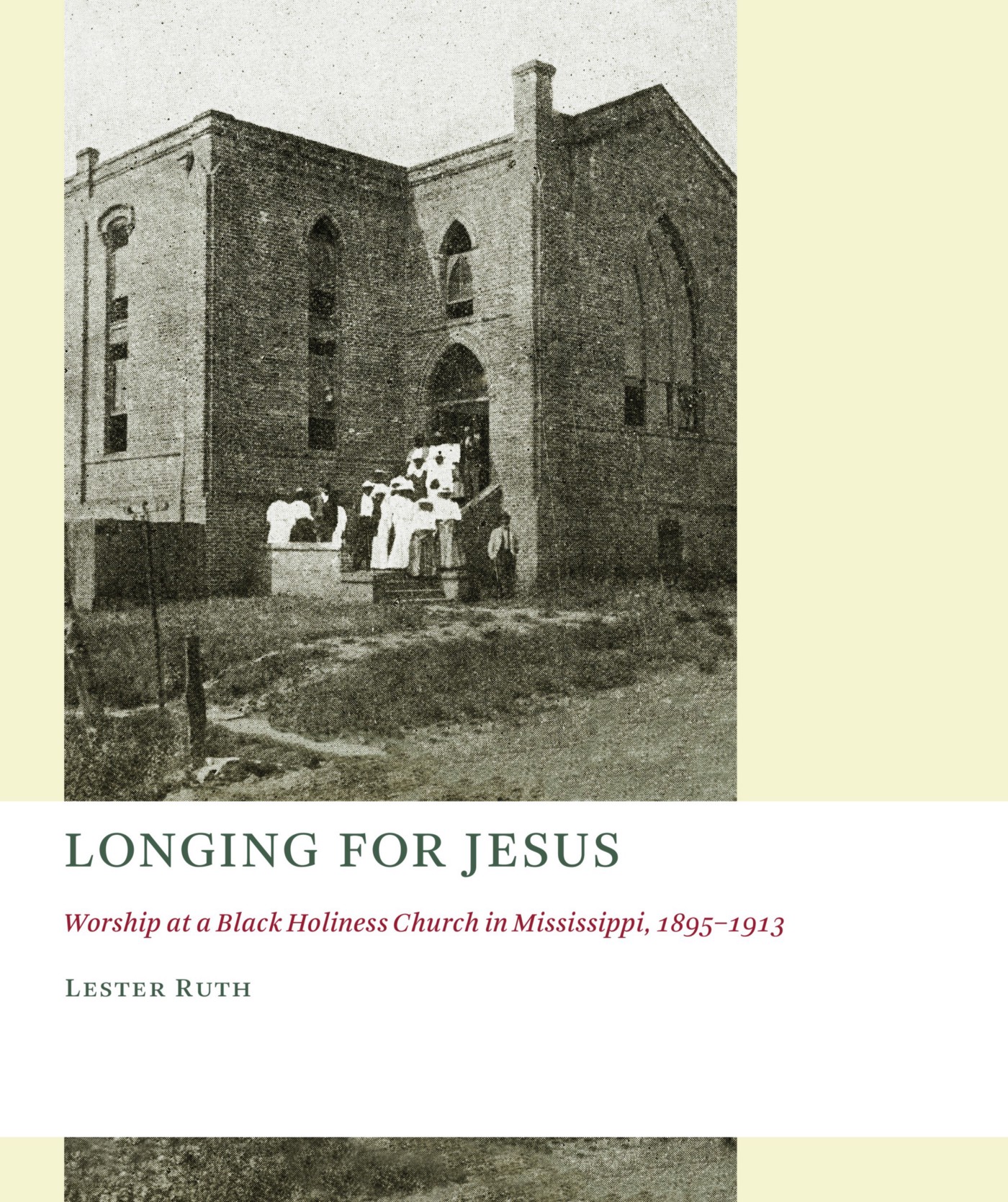


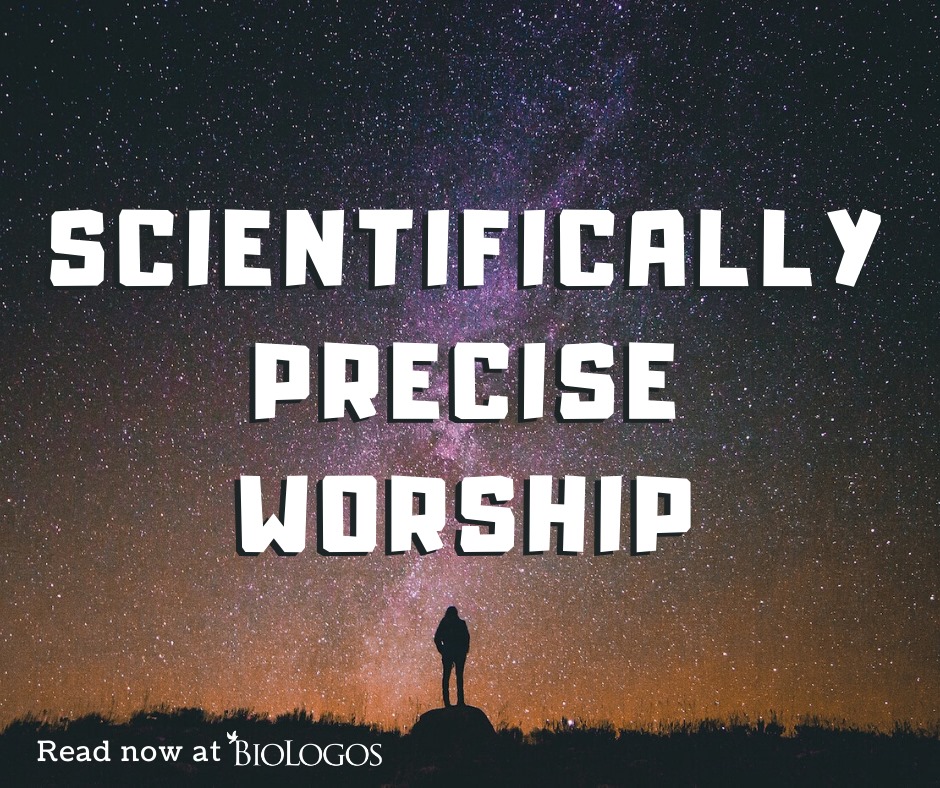
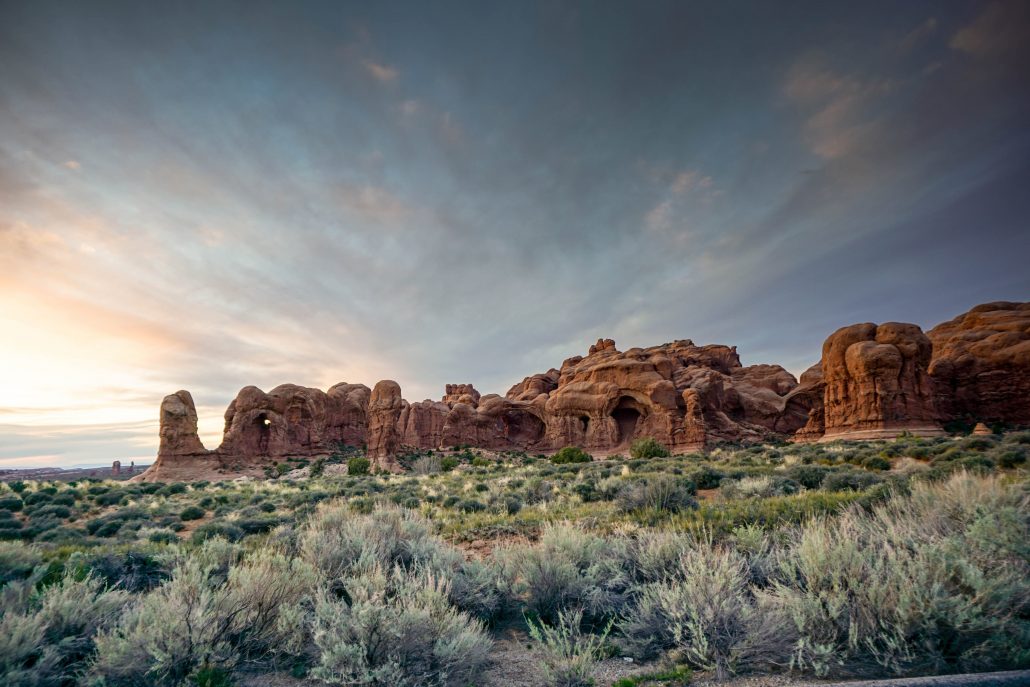
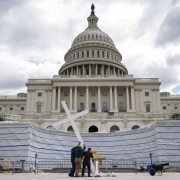
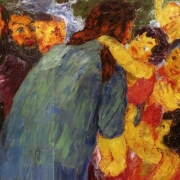
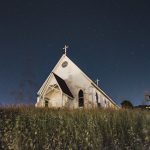

Leave a Reply
Want to join the discussion?Feel free to contribute!